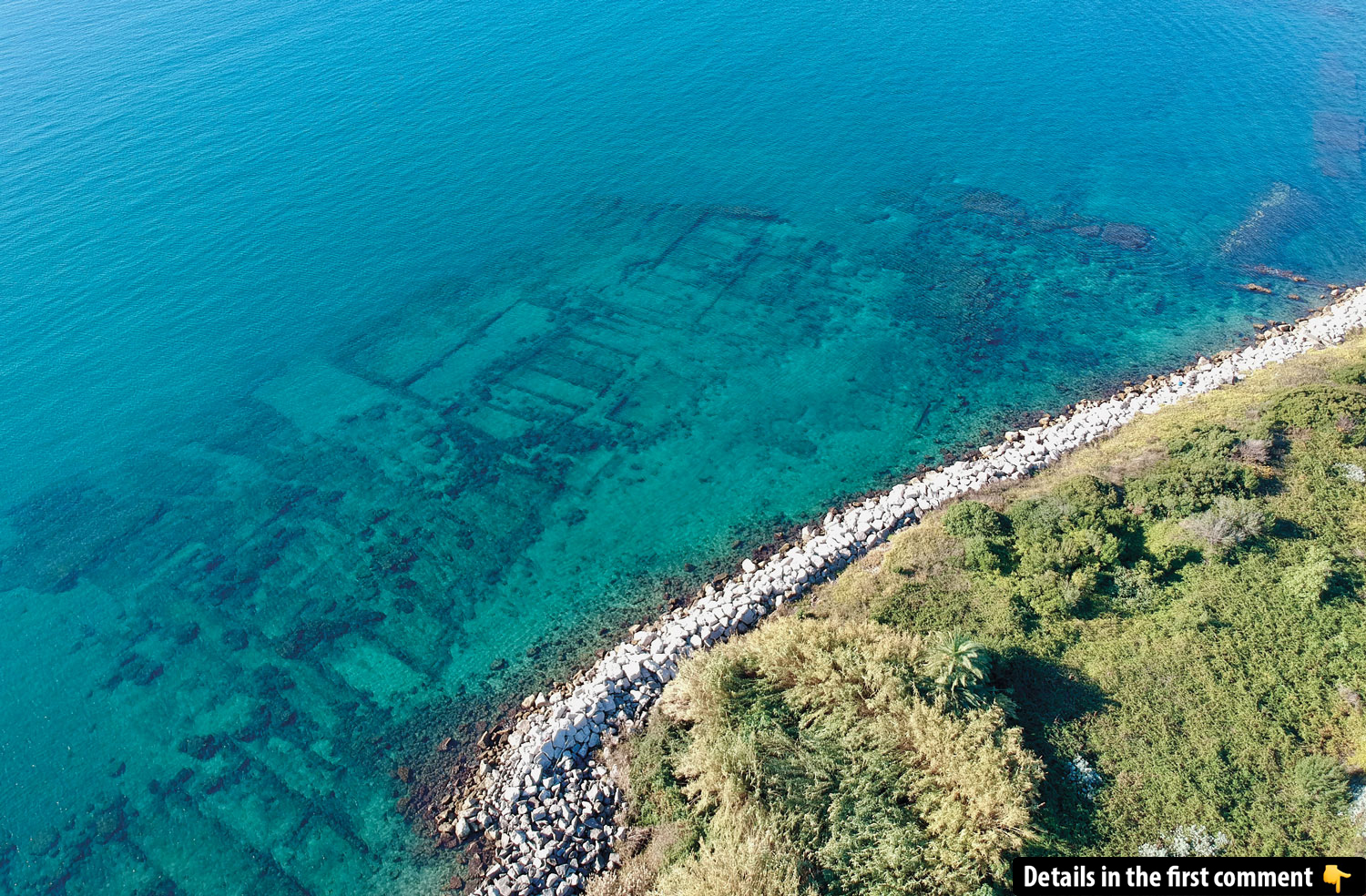Tucked beneath the waters of the Bay of Naples, a 2,000-year-old Nabataean temple has resurfaced, offering a rare glimpse into the ancient world. Discovered off the coast of Puteoli, this sunken temple dedicated to the Nabataean god Dushara challenges our understanding of ancient trade, cultural integration, and religious practices. Built by merchants far from their homeland in the Arabian deserts, this discovery uncovers a forgotten chapter of history, blending Roman and Nabataean traditions in a way never seen before.
The Nabataean Kingdom: Merchants of the Desert
The Nabataeans were a people known primarily for their skills as traders and architects. At their peak, they controlled a vast network stretching from northern Arabia to the Mediterranean, facilitating trade in goods like incense, gold, ivory, and perfumes. The heart of their kingdom, Petra, located in modern-day Jordan, was an extraordinary city carved directly into the rose-red rock cliffs.
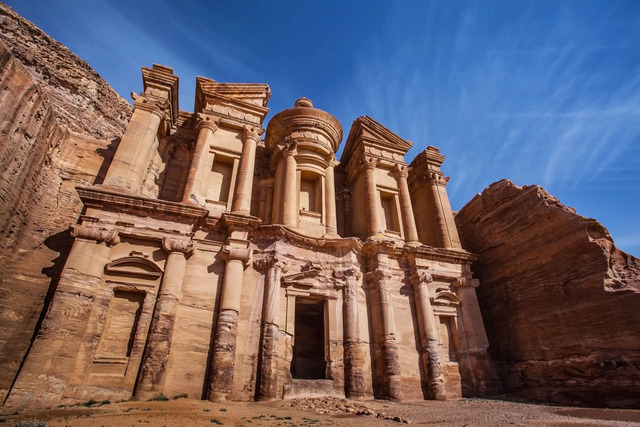
Petra’s Treasury, made famous in movies like Indiana Jones and the Last Crusade, remains a symbol of the Nabataeans’ wealth and engineering prowess. However, their kingdom wasn’t just built on wealth—it was also defined by their ability to adapt, incorporating elements from various cultures, most notably from their interactions with the Romans.
The Importance of Puteoli: A Key Mediterranean Port
Puteoli, the Roman name for the town of Pozzuoli, was one of the largest and most important ports in the Mediterranean during Roman times. Situated near Naples, this port city served as a crucial hub for trade between the East and West, welcoming merchants from regions as diverse as Egypt, Phoenicia, and Arabia. For the Nabataeans, Puteoli offered a prime location to expand their trade operations further into Roman-controlled territories. With its access to the rich markets of Rome and the broader Mediterranean world, Puteoli became a place where Nabataean merchants thrived, exchanging luxury goods and solidifying their role as integral players in the Roman trade network.
Video
Watch Archaeologists Study Submerged Nabataean Temple off the Coast of Pozzuoli, Italy to explore this fascinating underwater discovery. Don’t miss it!
The Discovery of the Submerged Temple
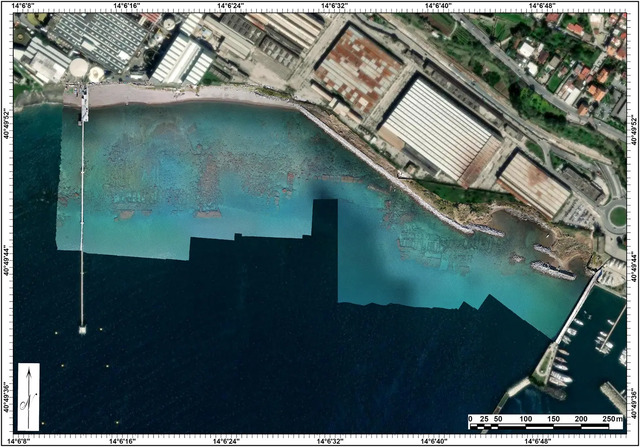
In 2023, a team of underwater archaeologists conducted a survey of the seafloor near Pozzuoli, where they made an extraordinary find: two submerged rooms with Roman-style walls and marble altars inscribed with the words “Dusari sacrum,” meaning “consecrated to Dushara,” the chief god of the Nabataean pantheon. This is the first known Nabataean temple outside the Middle East, and its discovery sheds light on how the Nabataeans maintained their religious practices even as they integrated into the broader Roman world. The team, led by Michele Stefanile, had been searching for this temple for decades, guided by historical accounts and the belief that it lay submerged beneath the waves. With the discovery of the marble altars and inscribed slabs, the temple’s exact location was finally confirmed.
The Temple’s Structure and Features
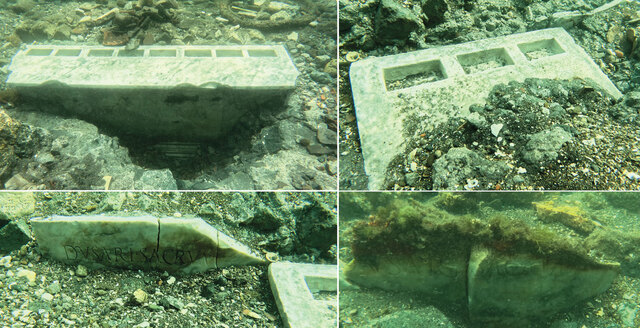
The temple consists of two large rooms, each measuring roughly 32 by 16 feet, connected by internal pathways. Inside, the researchers found two marble altars, one of which had three rectangular recesses, likely used for sacred stones that played a role in Nabataean worship. These altars are particularly interesting because, despite being dedicated to the Nabataean god Dushara, they were designed in a Roman architectural style, reflecting the Nabataeans’ integration into their new environment. The use of Roman-style altars and the Latin inscription are clear signs that while the Nabataeans maintained their religious identity, they were also adapting to Roman customs, blending their own traditions with the dominant culture around them.
Cultural Integration: Roman Influence on Nabataean Traditions
The incorporation of Roman architectural features and Latin inscriptions in the temple shows how the Nabataeans managed to preserve their cultural and religious practices while integrating into Roman society. This blending of cultural elements is a key theme in the history of the Nabataeans, who, through trade and diplomacy, were able to influence and be influenced by the surrounding cultures. The use of Roman-style altars and the adoption of Latin for the inscription are clear signs that the Nabataeans were not isolated but rather were part of a broader Mediterranean world. However, they did not simply assimilate wholesale into Roman culture; instead, they maintained their religious identity and cultural practices, as evidenced by the dedication to Dushara.
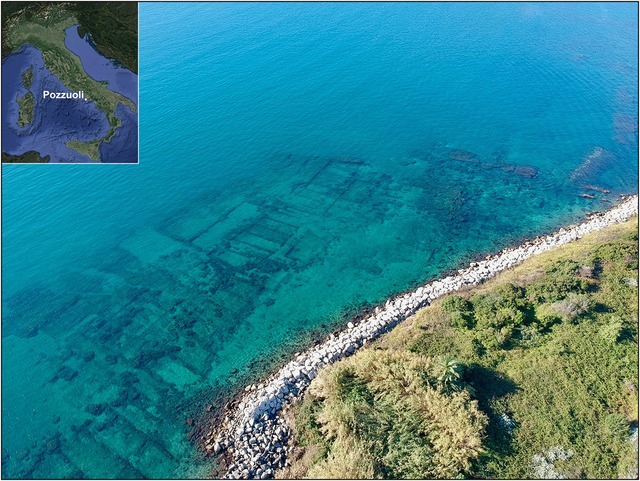
The Decline of the Nabataean Kingdom: A Shift in Power
In 106 AD, the Nabataean kingdom was annexed by the Roman Empire, and the once-vibrant trade routes that connected the kingdom to the Mediterranean world were absorbed into the broader Roman network. The annexation marked a dramatic shift for the Nabataeans, as their independent trade routes were now under Roman control. It is believed that the Nabataeans in Puteoli began to lose their business opportunities and gradually withdrew from the area. The temple, likely built during the height of Nabataean influence in Puteoli, was eventually buried under concrete and pottery—likely in response to the shifting political and economic landscape following the annexation. The practice of burying temples and sacred places with respect, without desecrating them, was common in Roman culture.
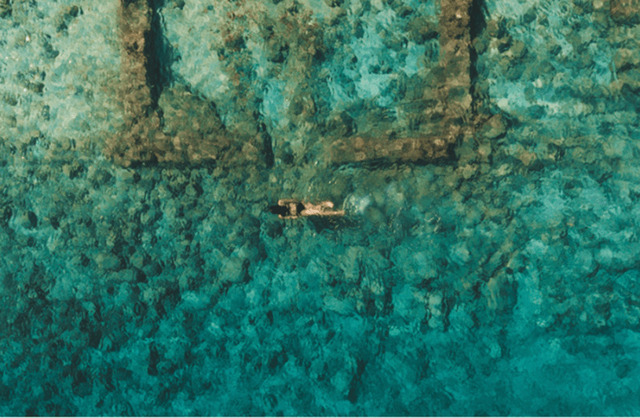
Volcanic Activity and the Submersion of Ancient Puteoli
The submerged temple lies in an area of intense volcanic activity, and much of the ancient city of Puteoli has been lost to the sea due to coastal changes caused by eruptions. Over time, volcanic activity altered the coastline of the Bay of Naples, submerging entire sections of the Roman-era port city. The temple’s preservation beneath the water is due to these geological changes, which created a natural safeguard, protecting the structure from the ravages of time and allowing it to remain relatively intact. The temple, along with other submerged Roman buildings, offers valuable insight into the once-thriving port city of Puteoli and the role the Nabataeans played in its development.
Conclusion: Unveiling a Hidden Chapter of History
The discovery of the Nabataean temple in Puteoli not only enriches our understanding of the Nabataeans but also provides a rare glimpse into the complex cultural and religious dynamics of the Mediterranean world during the first century AD. The integration of Nabataean religious practices with Roman architecture and customs reflects the adaptability and resilience of this ancient people. This find sheds new light on the extent of Nabataean trade networks and their cultural exchanges with other Mediterranean societies. As underwater excavations continue in the region, it is hoped that more secrets of the ancient world will be uncovered, offering a deeper understanding of the Nabataean legacy and their lasting impact on the Mediterranean world.
In this fascinating discovery, we are reminded that the ancient world was far more interconnected than we often imagine. The Nabataeans, once rulers of the desert trade routes, left behind a mark on Roman soil, a mark that continues to intrigue archaeologists and history enthusiasts alike.
Video
Watch Nabateans, Petra and the Lost Kingdom – Ancient Civilizations DOCUMENTARY to uncover the mysteries of the Nabatean civilization and the ancient city of Petra. Don’t miss it!
